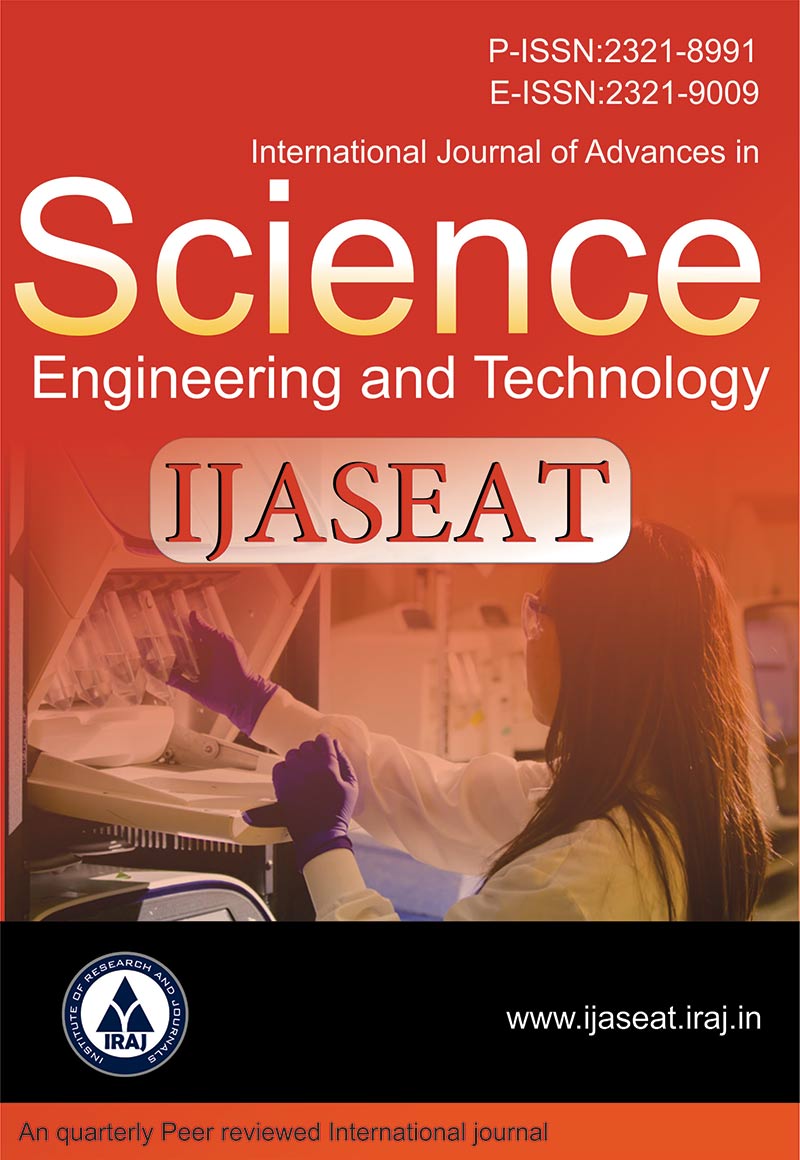Publish In |
International Journal of Advances in Science, Engineering and Technology(IJASEAT)-IJASEAT |
 Journal Home Volume Issue |
||||||||
Issue |
Volume-4,Issue-2 ( Apr, 2016 ) | |||||||||
Paper Title |
Abundance And Habitat Association Of A Tropical Nest Predator Corvid | |||||||||
Author Name |
Christopher A. Salema, George A. Gale, Sara Bumrungsri | |||||||||
Affilition |
Department of Biology, Prince of Songkla University, Hat Yai, Songkhla 90110, Thailand,2Conservation Ecology Program, School of Bioresources and Technology, King Mongkut’s University of Technology Thonburi, Bangkok 10140, Thailand | |||||||||
Pages |
131-135 | |||||||||
Abstract |
We report on abundance and habitat association of a common but relatively understudied tropical nest predator corvid, Green Magpies (Cissa chinensis) in two forest types in Sakaerat Biosphere Reserve in north-eastern Thailand. We conducted bird surveys using transect line counts between May and October 2015. The result showed that abundance and density of the bird was higher in dry evergreen forest (encounter rate = 1.07 birds/km; detection probability = 0.48; density = 11.1 birds/km2) than in old planted forest (encounter rate = 0.81 birds/km; detection probability = 0.50; and density = 8 birds/km2). This difference can be a result of availability of more food and nesting sites in dry evergreen than in old planted forest. With high number of threatened species in the region and limited knowledge of the ecology of many Asian birds, knowing the abundance and distribution of the main nest predators adds to our understanding of the impact of nest predation on nesting behaviour and reproductive strategies of tropical birds. This may assist managers in developing long term conservation strategies on threatened species and habitats. Keywords- Green Magpie, Cissa chinensis, Sakaerat Biosphere Reserve, nest predation. | |||||||||
| View Paper | ||||||||||